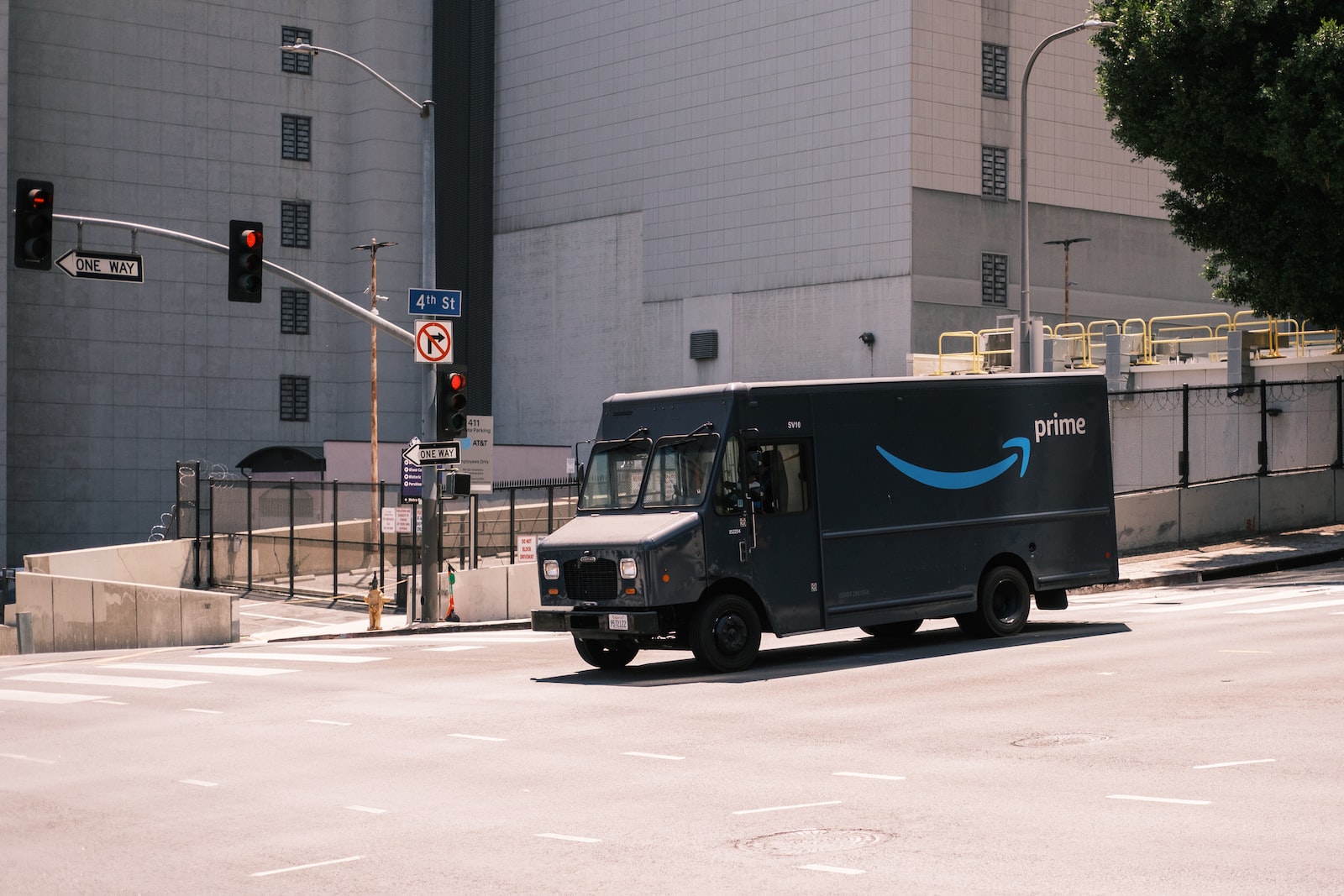Amazon’s drop shipping policy primarily focuses on creating a transparent, customer-centric environment. The policy mandates that customers must be made aware that you are the ‘seller of record,’ even when you allow a third-party to fulfill the orders on your behalf. This article delves into the policy’s nuances and provides real-world examples for better comprehension.
Drop shipping is a popular retail fulfillment method where a store doesn’t keep the products it sells in stock. Instead, when a store sells a product using the drop shipping model, it purchases the item from a third party and has it shipped directly to the customer. Amazon allows this business model but imposes specific restrictions to ensure its users have the best shopping experience possible.
- Third-Party Purchases and Shipments
One significant policy violation occurs when a seller purchases products from a third party, which can include Amazon or another seller within Amazon’s platform, and instructs that third party to ship the products directly to the customers. The policy prohibits this practice, especially if the shipment doesn’t identify the seller who made the sale on Amazon as the ‘seller of record.’
Let’s illustrate this with an example. Suppose you’re selling a unique piece of handmade jewelry on Amazon. Another seller on Amazon also offers this product. As per Amazon’s policy, you cannot order the piece from the other seller and ask them to ship it directly to your customer, particularly if the packaging, packing slip, or invoice fails to identify you as the primary seller. This practice is prohibited because it could lead to confusion for the customer regarding who the actual seller is, thus potentially damaging the customer’s trust in the platform.
- Shipping Orders with Incorrect Seller Information
Another violation of Amazon’s drop shipping policy is dispatching orders with packing slips, invoices, external packaging, or any other information that shows a seller name or contact information different from yours. Such a discrepancy may again mislead the customers regarding the actual seller or source of their purchase.
For instance, if you’re selling a kitchen gadget and utilizing a third-party logistics company to fulfill your orders, all the packing slips, invoices, or packaging must bear your name or contact information. If the third-party logistics company’s details appear on these documents or the packaging, it would violate Amazon’s policy as it may leave customers uncertain about the actual seller and whom to contact for queries or complaints.
Best Practices for Compliant Drop Shipping
In light of these policies, there are specific measures that sellers intending to use a third-party fulfillment service, logistics company, or a drop shipper should take:
a. Supplier Agreement: You must have a contract with your supplier stipulating that you’re the only ‘seller of record’ and the only entity listed as the seller on all packing slips, invoices, packaging, or any other information included or provided with the products.
b. Removal of Different Seller Information: Any information identifying a different seller or third-party supplier should be removed before shipping the order. This means you are responsible for ensuring that no packaging, slips, or invoices contradict the information the customer has regarding their order’s seller.
c. Returns and Compliance: You remain responsible for accepting and processing customer returns, adhering strictly to the Business Solutions Agreement (BSA), and following all applicable Amazon policies. This means even if you’re using a drop shipper, you’re still responsible for ensuring the customer can return items according to Amazon’s policies.
By following these guidelines and being vigilant about compliance, sellers can utilize drop shipping effectively while ensuring a high-quality, transparent shopping experience for Amazon customers.
Source: https://sellercentral.amazon.com/help/hub/reference/G201808410


